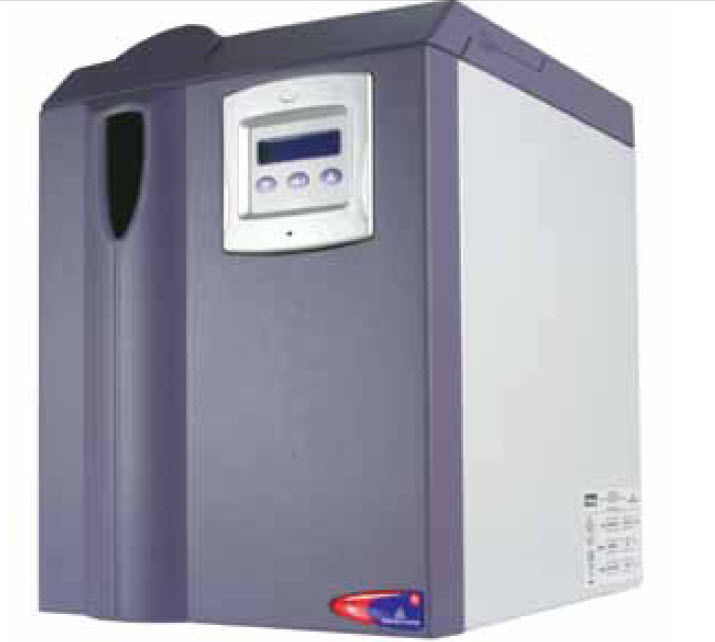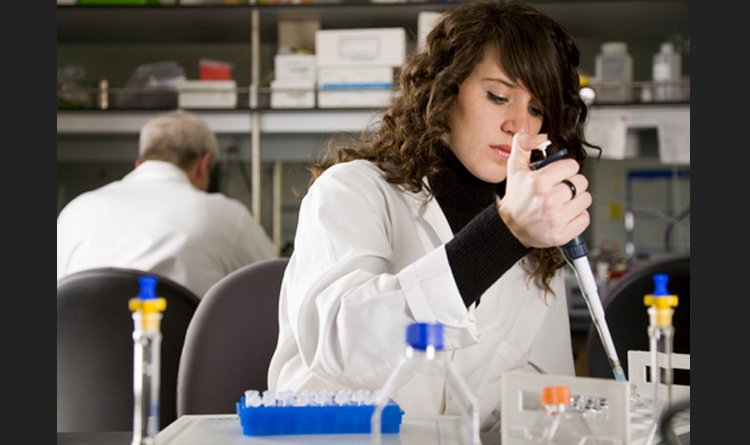Recommendations for switching from Gas cylinders to Laboratory gas generators


Industrial laboratories in sectors such as petroleum and petrochemicals, foods, flavours and fragrances and pharmaceuticals can house scores of gas chromatographs or their modified versions for specific applications. Such systems are bulk consumers of high purity gases such as nitrogen, helium, hydrogen and zero air 24 hours a day throughout the year. Even big R&D centres require regular replenishment of such gases for operation of gas chromatographs and mass spectrometers.
Majority of the laboratories across the world are renting gas cylinders which need to be replaced every now and then when the supply gets exhausted. Gas generators provide a viable alternative to gas cylinders and their benefits are summarized in the article. The benefits are covered under different heads
- Cost
- Convenience
- Safety
- Environmental concerns
Before going into the benefits it would be a good idea to familiarize you with the general principles and functioning of gas generators
Helium
Helium is used as a carrier gas in specific applications of GC and GC – MS. Helium gas generators are not available so the best option is to adopt alternative methods in which nitrogen or hydrogen can be used as a carrier gas.
Nitrogen
Nitrogen is the most popular carrier gas. The supply needs to be free of moisture and oil droplets therefore it is preferable to use gas filter assemblies prior to introduction into the gas chromatograph. The generator produces high purity nitrogen from compressed air whose purity is achieved by filtering through a permeable membrane for removal of other atmospheric contaminants and gases such as carbon dioxide, carbon monoxide and oxygen
Zero Air
Ultra high pure air is produced from a source of compressed air. A catalyst chamber or filter installed in the generator ensures a steady supply of zero air that is free from gases such as methane, carbon dioxide and carbon monoxide. Such air quality results in improved noise and stable baselines in applications using flame ionization detectors.
Hydrogen
Electrolysis of de-ionized water produces hydrogen and oxygen. Proton exchange membrane allows hydrogen to pass through and the remaining oxygen is vented to the atmosphere. The isolated gases are further purified by passing through a second filter and ultrahigh purity hydrogen supply is made available.
Benefits offered by gas generators
The benefits offered by gas generators are numerous and offer a steady uninterrupted supply of high purity gases at low pressures for months together requiring minimal maintenance
Cost
Cost is a major consideration for analytical laboratories.gas generators afford following cost savings:
- Saving on rentals for cylinders
- Transportation and handling costs are usually covered by the supplier but if purchase terms do not cover these then the costs are to be borne by the indenting laboratory
- Time required for change of empty cylinders can be utilized in other productive activities thereby offering overall saving on operational costs
- Saving on cost of gas manifolds, transfer lines and line casings from cylinders to the instruments
- Maintenance of gas generators involves small expense due to replacement of filters and other minor components
Convenience
- Consistent high purity gases are delivered by generators without downtime which is common during cylinder changeover or waiting periods resulting from delays in supplies of cylinder replacements
- Gas supply can be obtained at selected flow rates from buffer storage tanks of the generators
- Freedom from dangling tubes and transfer gas lines from cylinders to chromatographs
- No separate space allocations are required for cylinder storage yards whereas generators afford an aesthetic look over cylinders inside laboratories
- Freedom from transferring cylinders manually by means of
transport trolleys - No need for replacing regulators every time a cylinder is replaced
- Freedom from inconsistencies in purity from cylinder to cylinder
Safety
Safety in use is an area of major concern after cost and convenience. The main safety features of gas generators over cylinders are:
- Hydrogen cylinders pose a major safety risk. Leakages can pose explosion hazards due to fire hazards associated with hydrogen. On the other hand generators have automatic safety shutdown features whenever leaks are detected
- On dropping the valves can break due to force of the impact. This can lead to a major accident as the pressurized cylinder can shoot down forcibly through laboratories, stairways or halls damaging everything in its path and even break through walls. On the other hand gas generators hold very low gas volumes and that too at moderate pressures so such accidents are ruled out
- Use of excessive force while opening or closing valves can result in breakages if they have become weak or rusted. High pressure gas release can cause serious injuries.
- Unsecured gas cylinders can trip and lead to severe injuries. The generators on the other hand save space and give the laboratory a tidy appearance
Environmental Concerns
After installation the generator requires minimal electricity consumption except for hydrogen generator which also requires de- ionized water. On the other hand gas cylinders require higher energies for compression and purification of gases at time of refilling. Cylinders need to be transported considerable distances by road thereby contributing to road blocks and vehicular emissions. As a result gas generators have a much lower carbon footprint.
It can be summarized that though gas generators involve higher initial investment but in the long run they offer immeasurable benefits over conventionally used gas cylinders in laboratories.




Responses